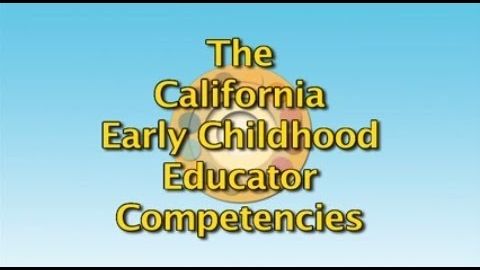
Subtitles & vocabulary
Child Development and Learning
00
Hhart Budha posted on 2014/06/15Save
Video vocabulary
to
US /tu,tə/
・
UK /tə/
- Adverb
- Toward a point, person, place or thing
- Into a state of consciousness or awareness
- Preposition
- Showing that one thing is attached to another
- (Indicates a comparison between two people/things)
A1
More go
US /ɡo/
・
UK /ɡəʊ/
- Verb (Transitive/Intransitive)
- To attend or be at a place
- To do an activity
- Countable Noun
- A turn in a game
A1
More context
US /ˈkɑnˌtɛkst/
・
UK /ˈkɒntekst/
- Noun (Countable/Uncountable)
- Set of facts surrounding a person or event
- The circumstances that form the setting for an event, statement, or idea, and in terms of which it can be fully understood and assessed.
A2
More think
US /θɪŋk/
・
UK /θɪŋk/
- Verb (Transitive/Intransitive)
- To have an idea about something without certainty
- To have an idea, opinion or belief about something
A1
More Use Energy
Unlock All Vocabulary
Unlock pronunciation, explanations, and filters
